{ back to big sur }
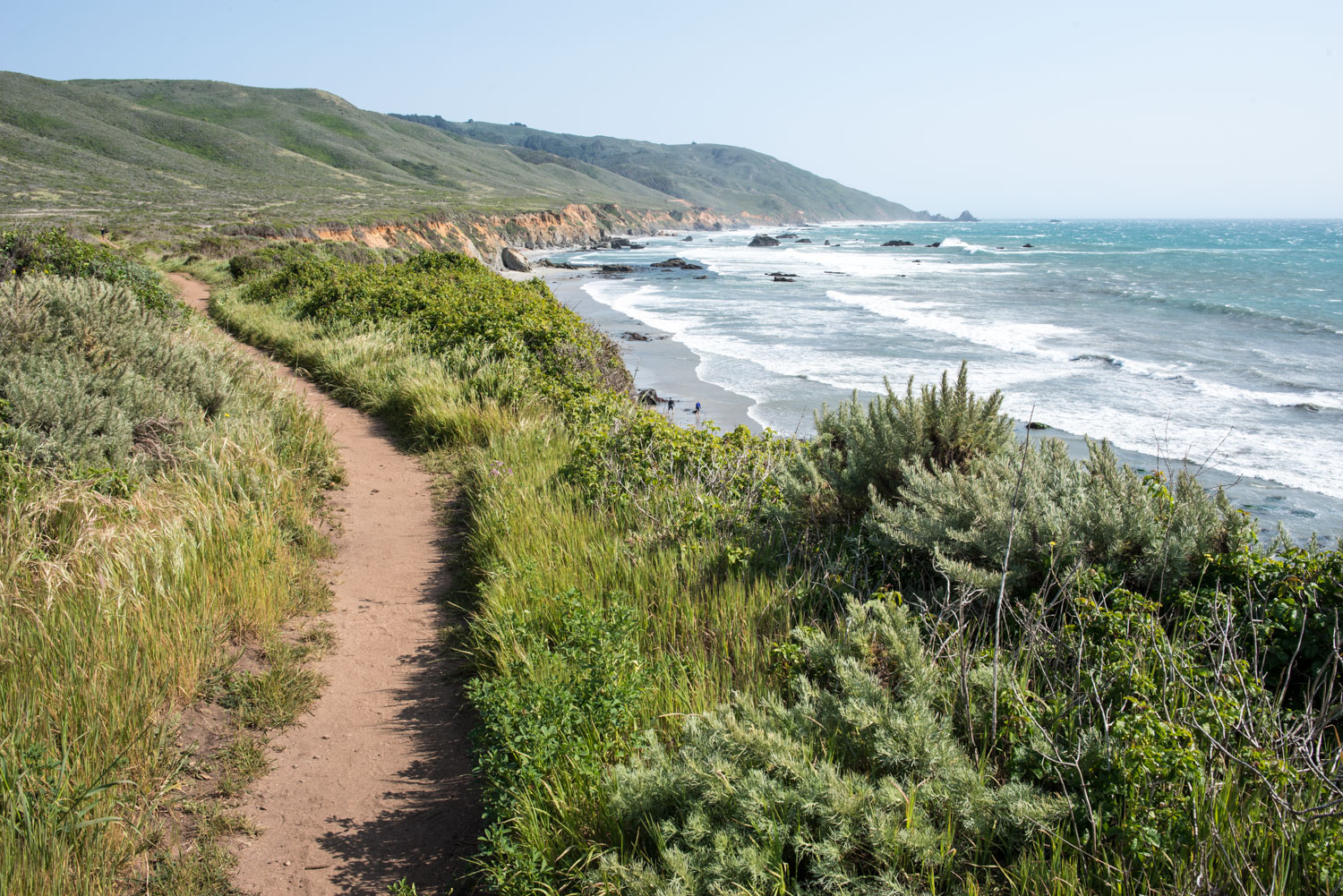
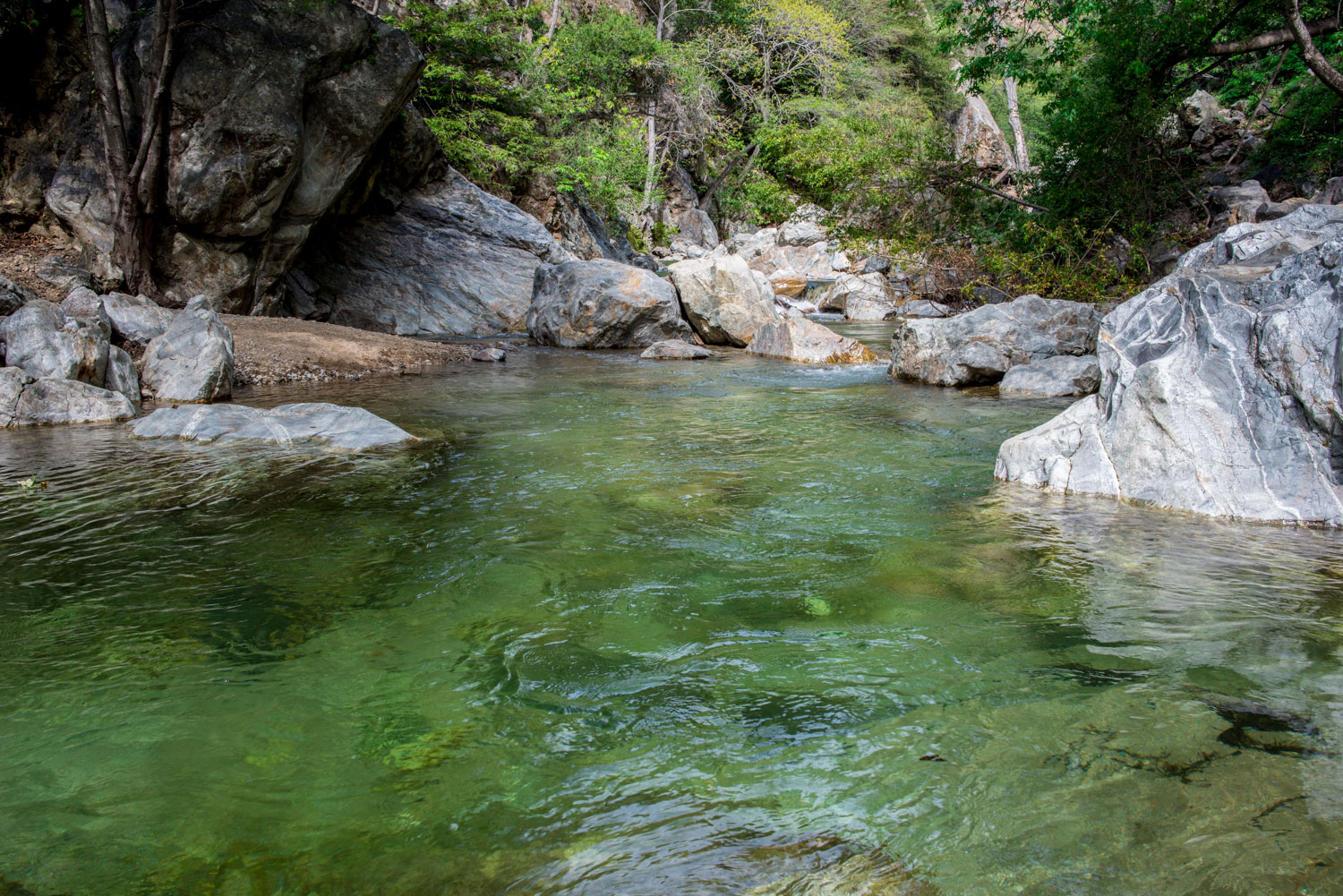
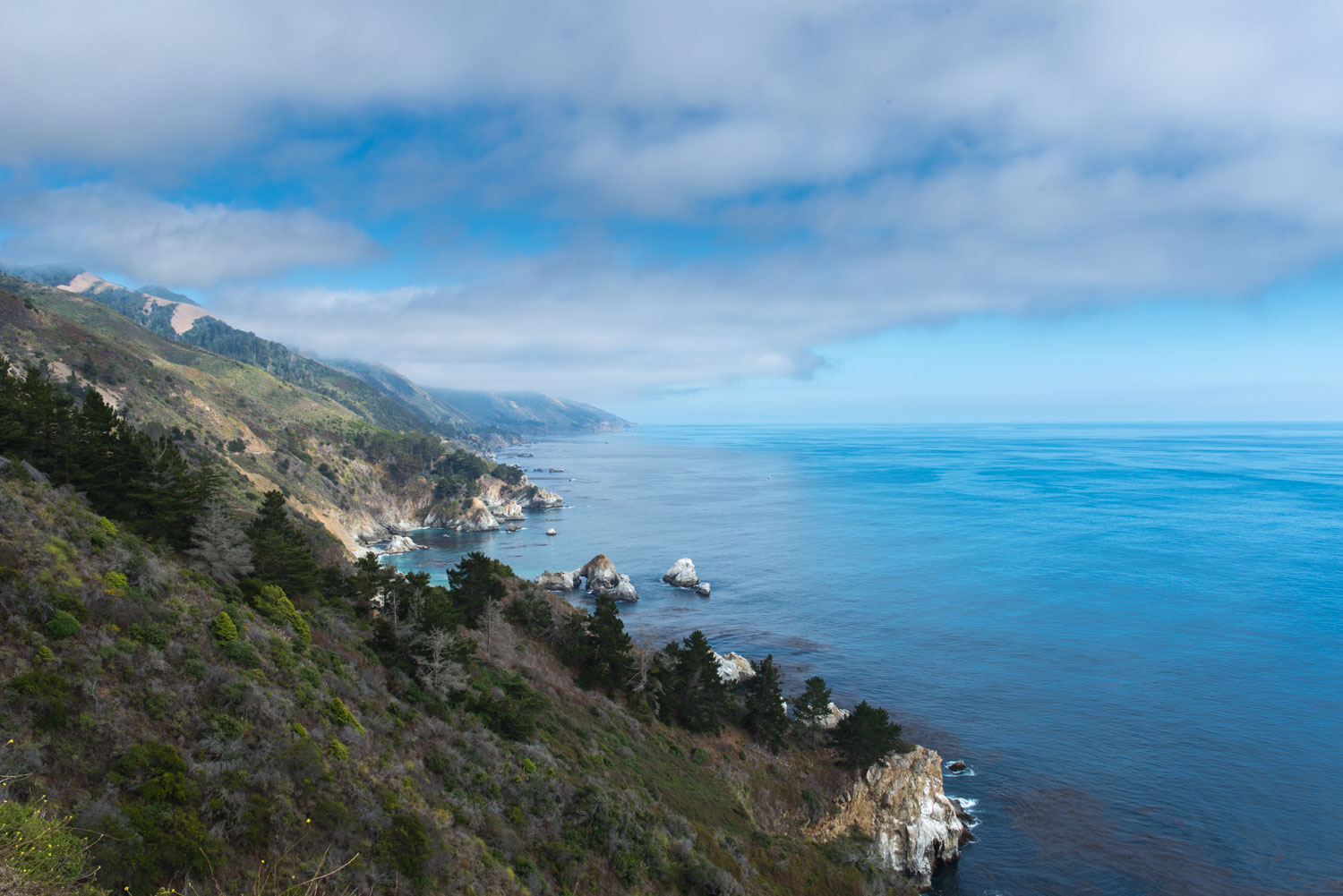
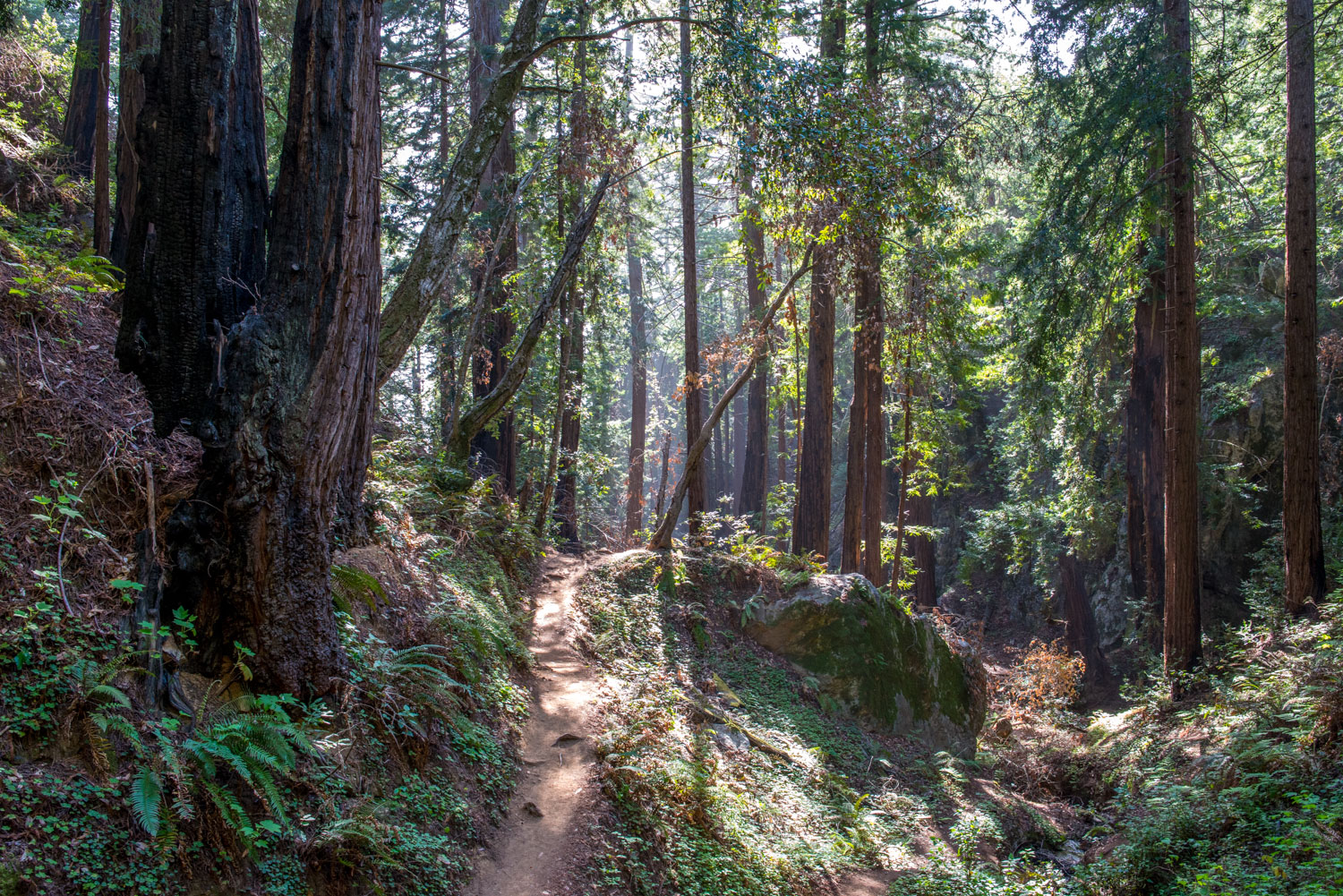

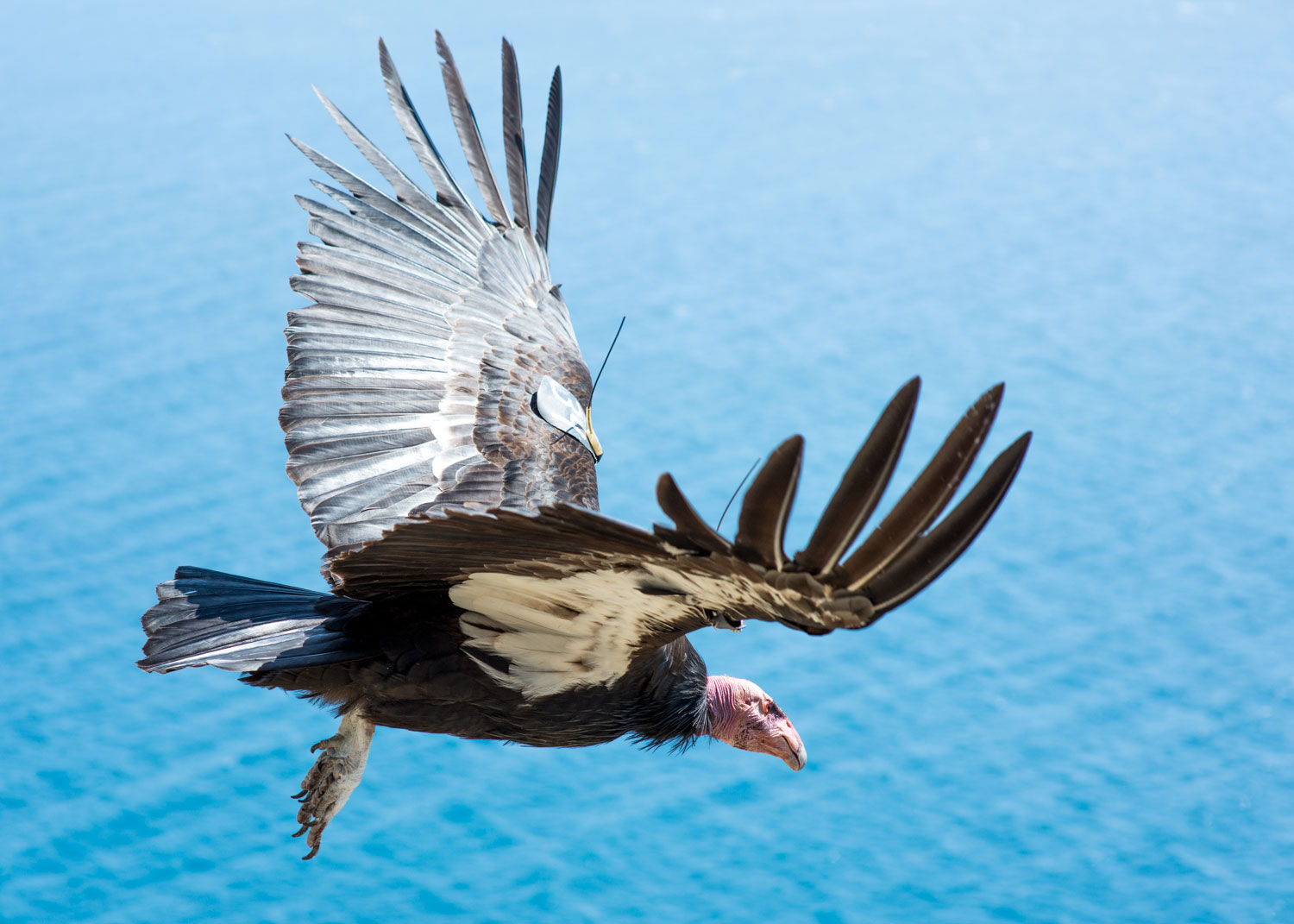


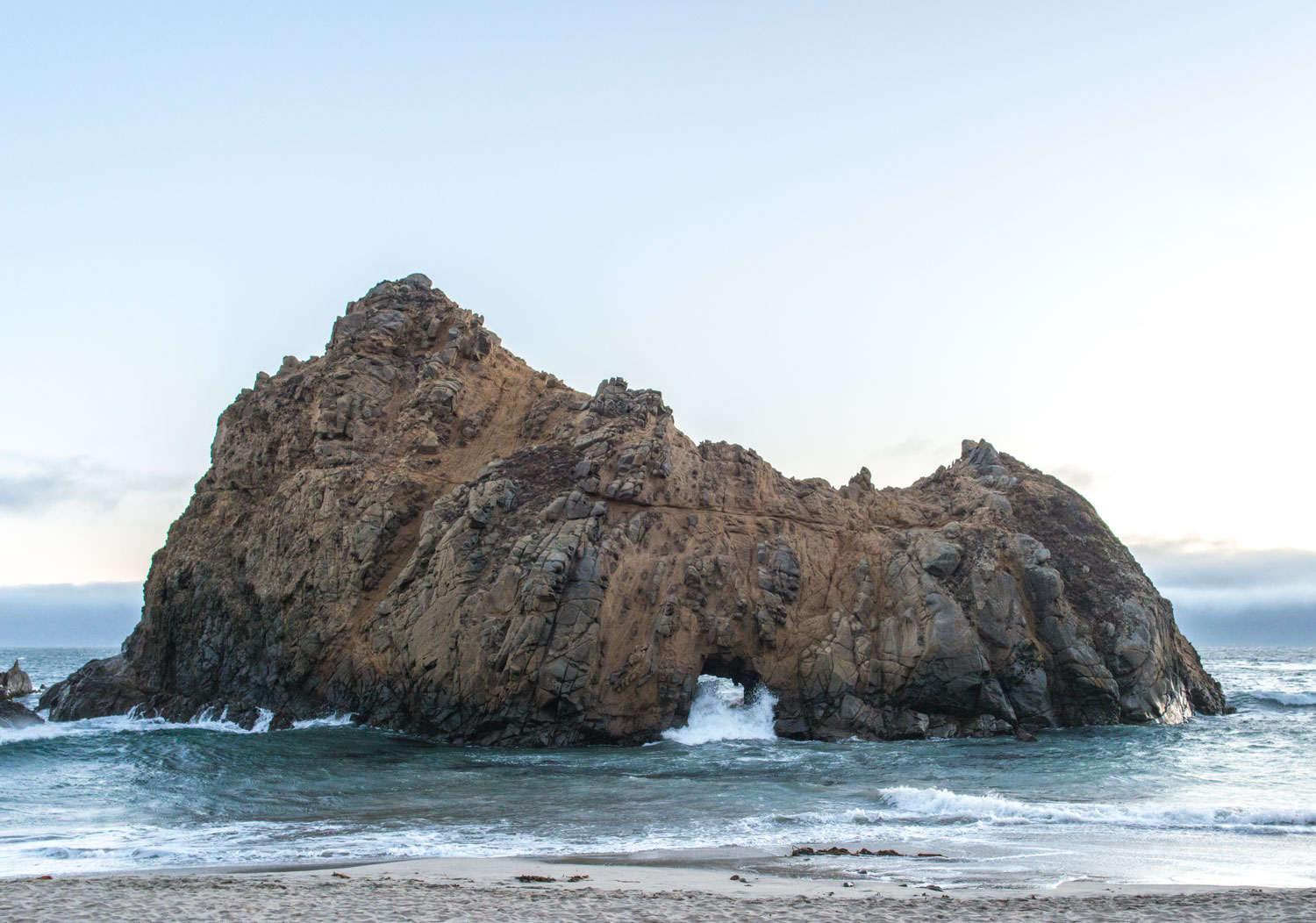
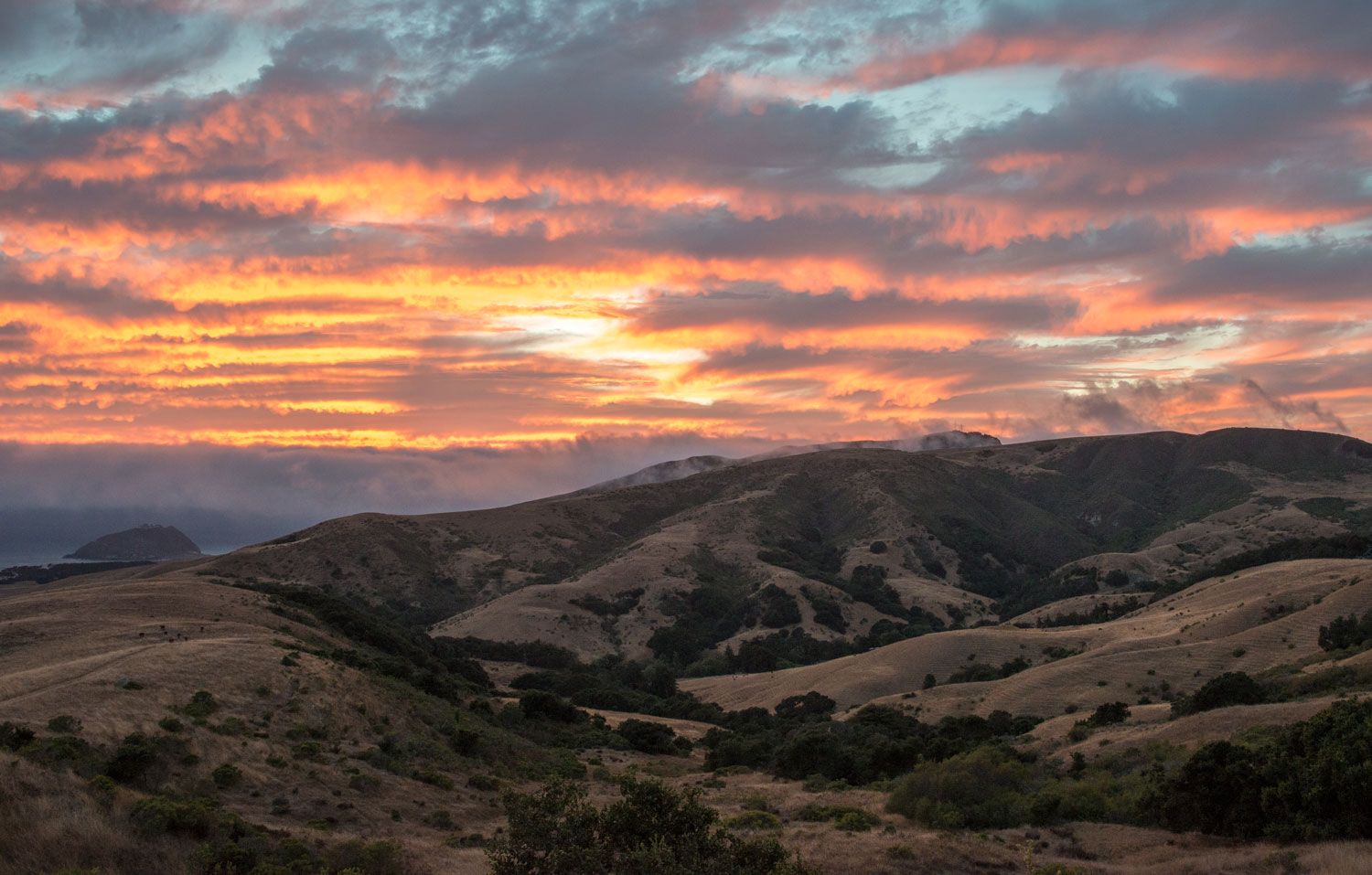
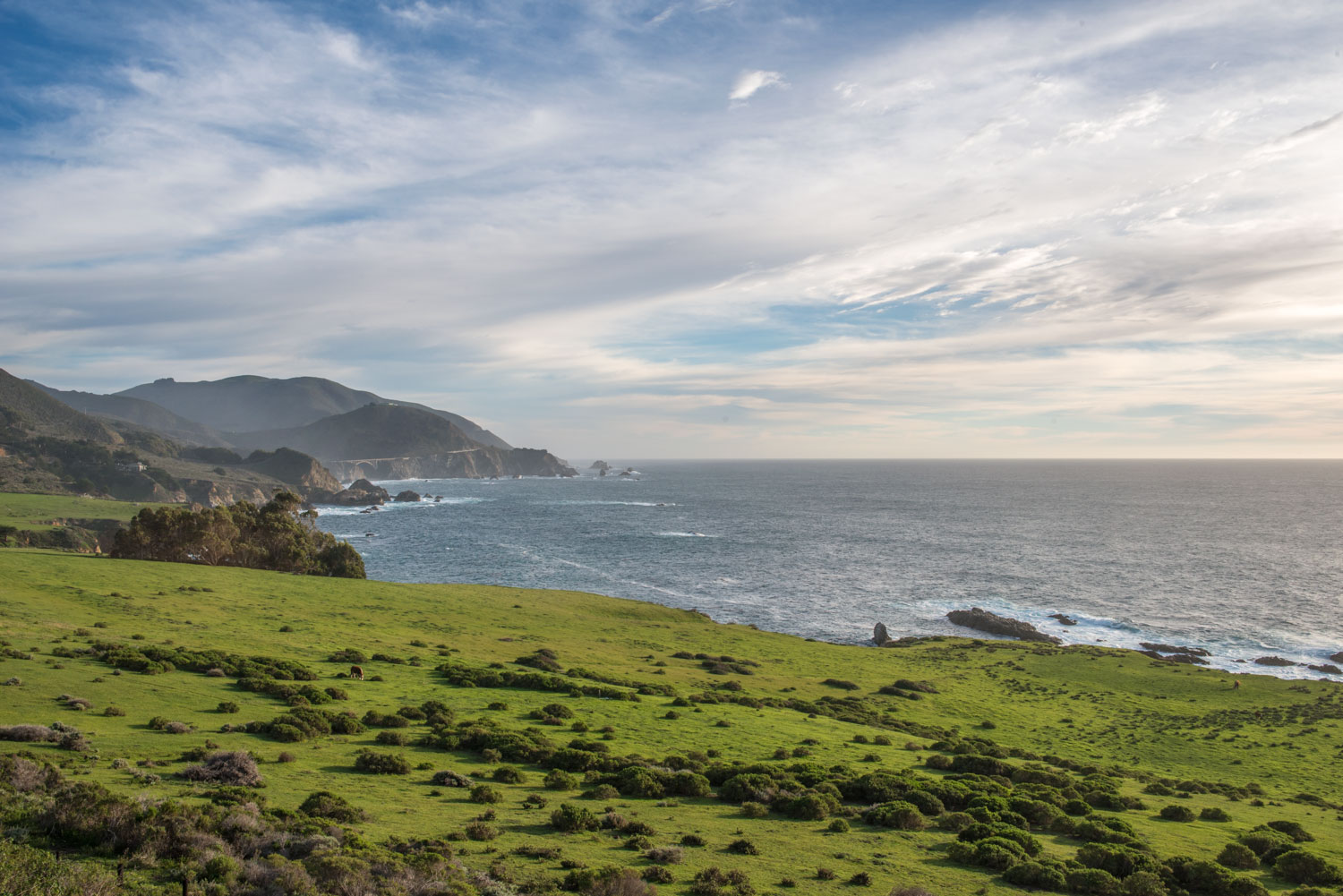
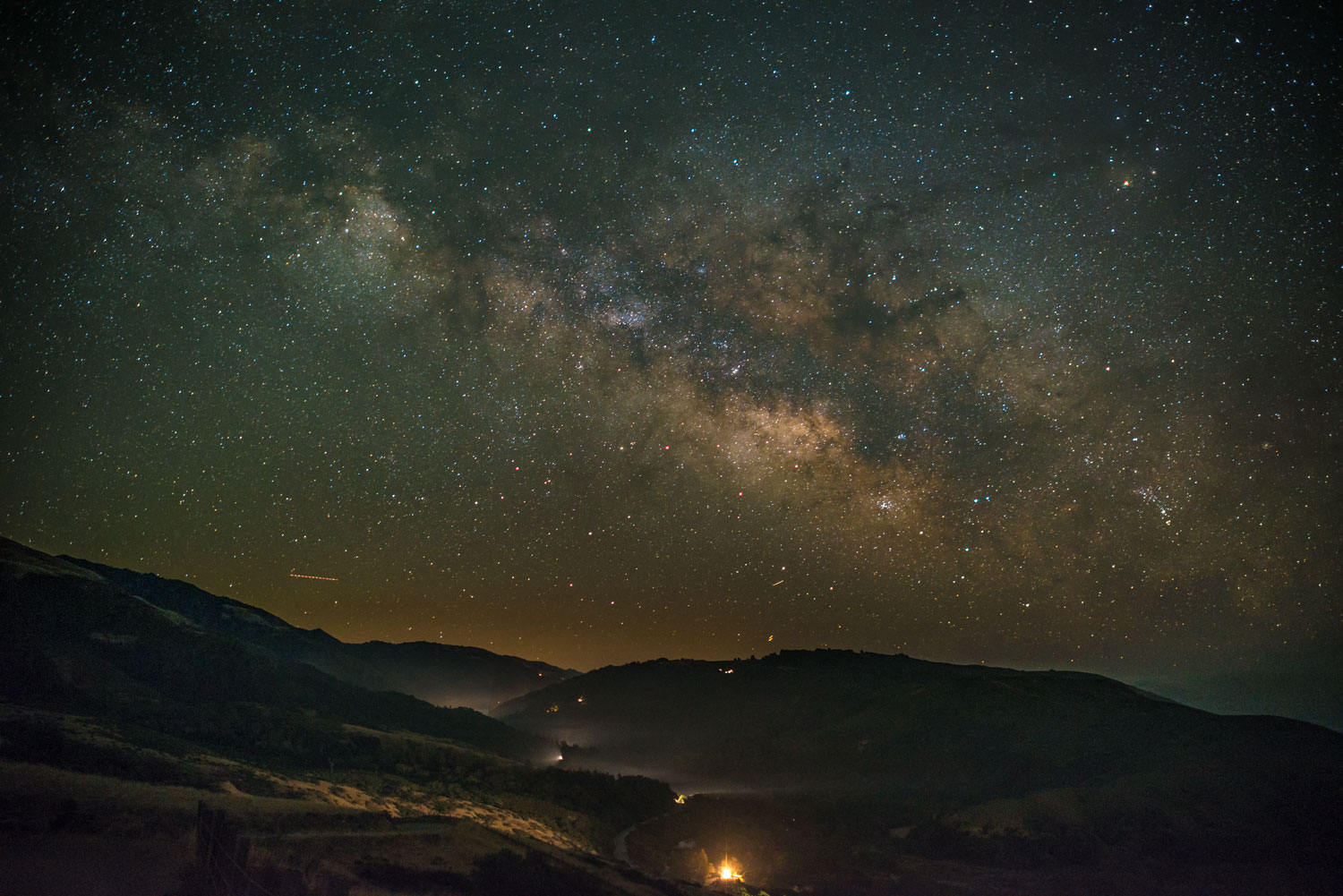
Lately I've been making myself useful by working at the multi-agency information station located in the Big Sur river valley. If you've made it to this station, you've seen at least 30 miles of Big Sur's magnificent 90 miles of wilderness coastline. The road hugs the coast and every half mile or so there are precious pullouts to stop and gawk at the magnificence. And yet, every day I get visitors that walk into the station confused, asking "What is there to see here?"
It stops me in my tracks. How do you “sell” the reasons to love this wilderness paradise to those without sight?
I say in a friendly manner, "Just more of the same. You've already seen at least one-third of it just by getting here. That's pretty much what Big Sur is about.” I also mention that they may want to visit the most popular (and crowded) places - McWay Falls and Pfeiffer Beach.
I watch the disappointment on their faces. "But isn’t there a downtown?”
My heart cries.
“Do you have Wifi? I can’t get online."
Tourist season draws more visitors to Big Sur than Big Sur can accommodate. Traffic backs up for miles on the narrow two-lane road that precariously clings to this edge of the earth. The few and tiny parking areas fill up in a second. Public restrooms are few and far between, reducing daytrippers to using the side of the road instead, leaving their evidence behind. Drivers stop in the middle of the 55 mph highway, oblivious to the line of fast cards behind them, so they can get the snapshot that proves their adventure. I get the feeling many tourists think of this place as Disneyworld, expecting spoon-fed attractions, guaranteed safety (newsflash: cliffs crumble, oceans swallow, cars crash) and a hospitality team waiting to pick up after them.
This is not Disneyworld. This is the wilderness. This is the stuff that helps us remember who we are and what is truly important, when the facade of contemporary life fails to deliver. This is the stuff that keeps us humble, reminds us of our interconnectivity to all life on this beautiful planet of ours. This is life at its most profound — where it's easiest to connect with a universal something, a divine/cosmic power that exists, if it exists at all. It's a direct line to god, the gods, cosmic allies, energy, vortices, qi, angels, saints, spirit guides — whatever that higher dimension might be. It is here. And if you are not spiritually inclined, it’s just so damn beautiful. So how is it possible that the depth of this beauty, the reverence it inspires, escapes so many visitors?
I've asked this question to my friends and neighbors who live here. We all wonder the same thing. My answer, open for debate, is this: screens and pharmaceuticals. The eager consumption of pharmaceuticals and screen time, by definition, denies real life experiences. Seeing, seeking and experiencing (first hand) has gone out of fashion long ago. Engaging with our environment and the human experience has become just a passing idea. (More soma, please). This brave new world has disconnected people from their core so much that they now cannot even recognize it.
So, what is there to see here in Big Sur? Depends on what lens you are looking through. Here’s what I see: I see a river that carves through the mountains, slowly working the land as it works its way towards the sea. And I want to flow over and around obstacles, like the river, with perseverance and humility. I see the trees, solid and reaching (sometimes twisted), older than all of us, cleaning our air, unafraid to die their annual death and be reborn. And I want to stand tall and strong like them to the very end, honestly and without fear. I see whales, our ancient aquatic elders, diving deep then breaking the horizon in slow motion for one simple breath. And I, too want to plunge to unfathomable depths, then return to purge and release. I see and hear the birds singing their day’s complicated songs, and I want to sing my own song with them. And then at night, when the last glow of twilight has faded, I see the moon, the stars, and our galaxy and I remember that what we think we know is so very, very little.





